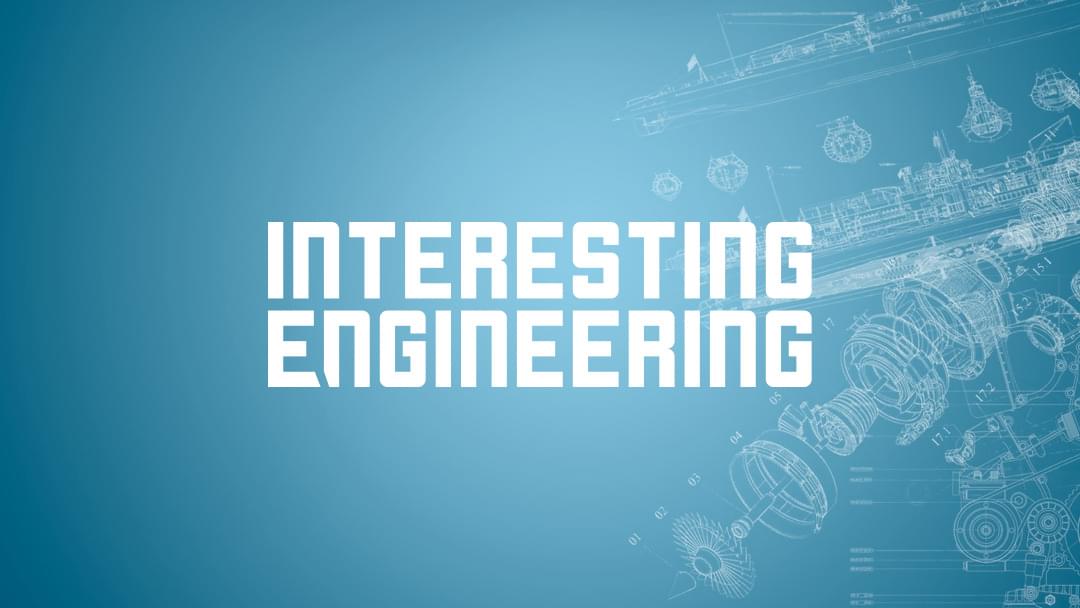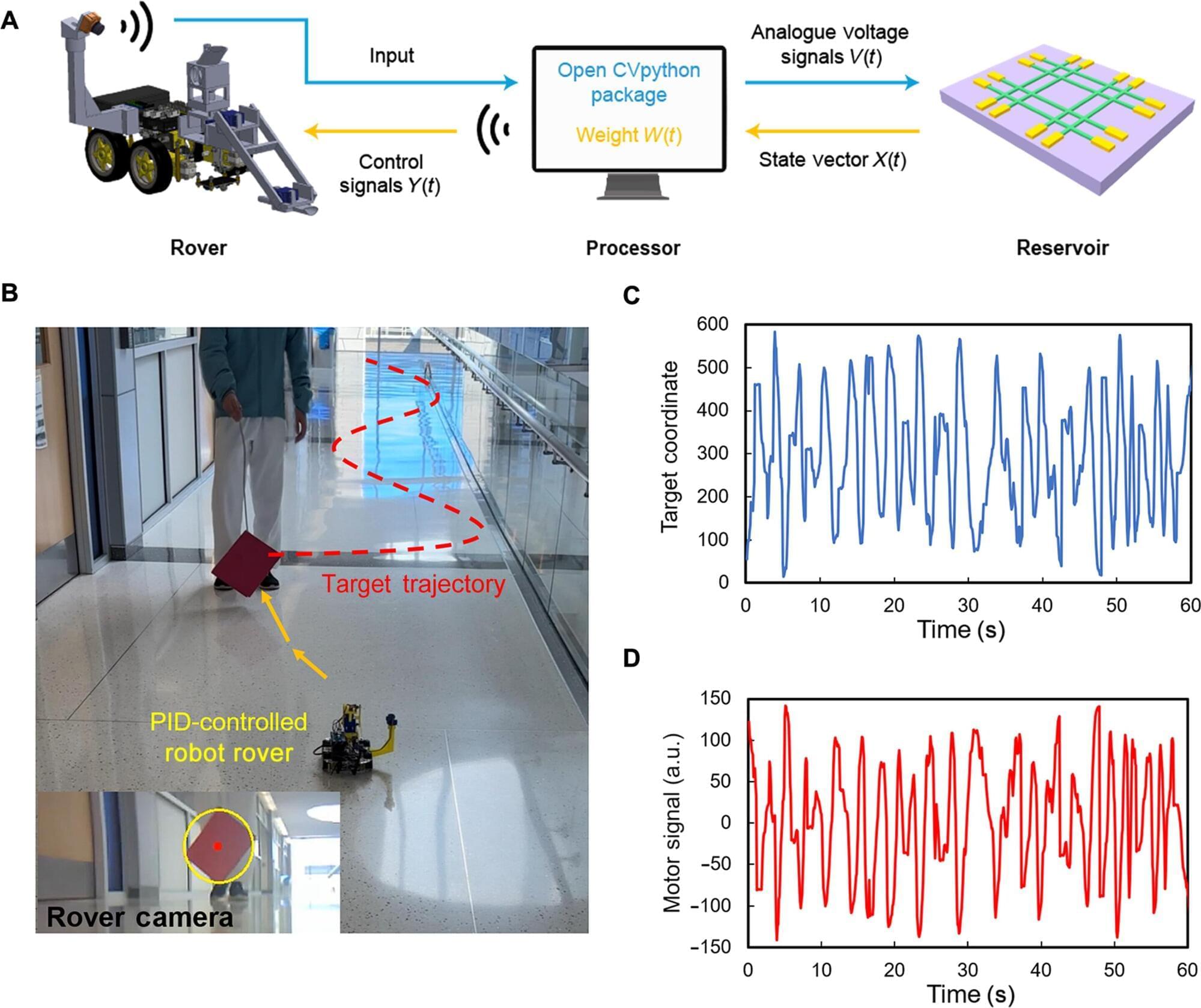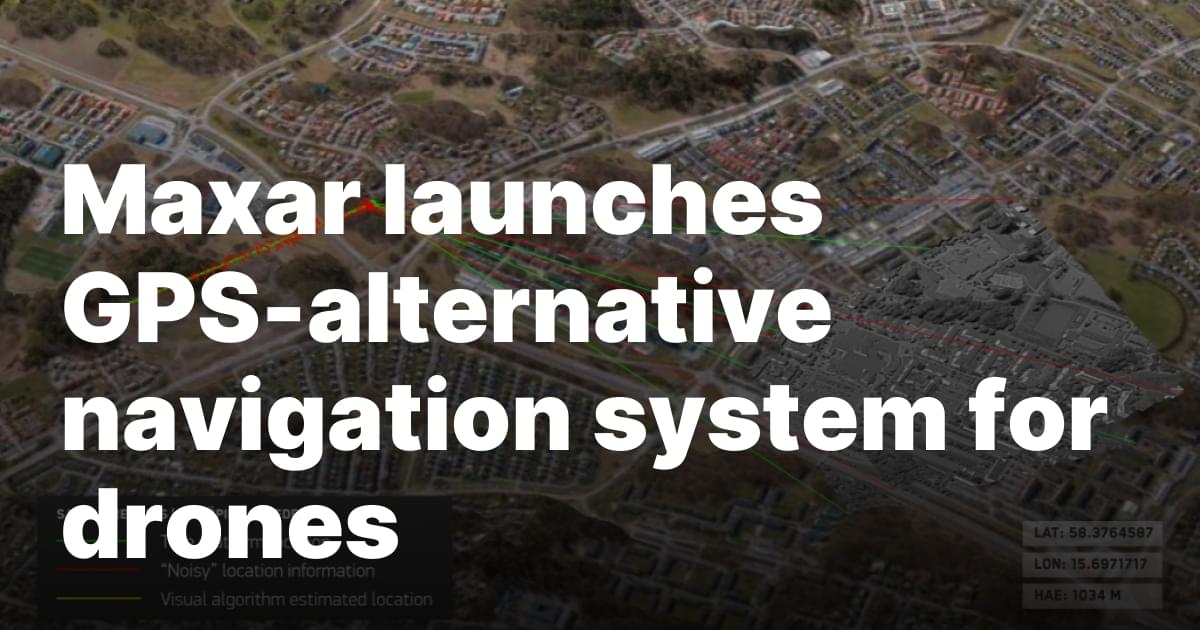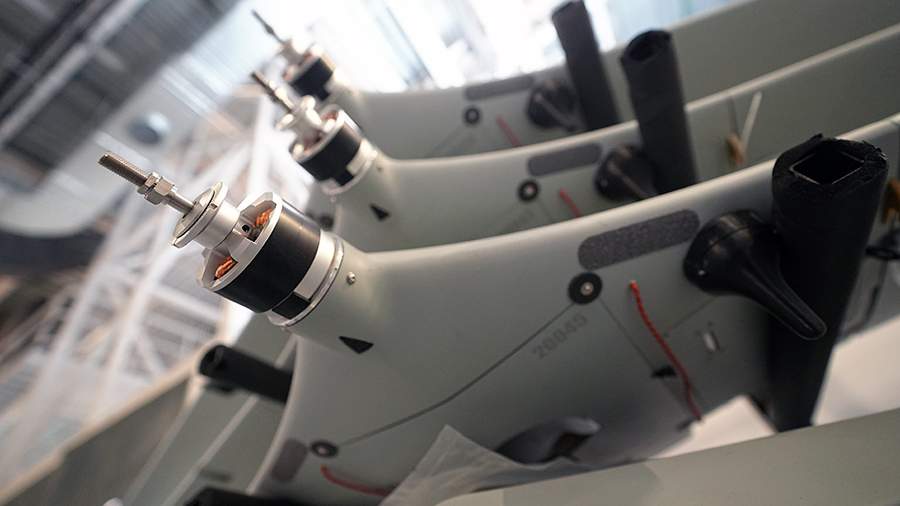Artificial Intelligence isn’t science fiction anymore—it’s a transformative force shaping the way we live, work, and innovate. In this groundbreaking documentary, explore the real-world applications of AI as it evolves from code into conscious collaboration. From autonomous flying drones to lifelike androids, we uncover how AI is pushing the boundaries of possibility.
The Revolution Of AI (2020)
✍️ Writers: Kyle McCabe, Christopher Webb Young.
⭐ Stars: Shivani Bigler, Jason Derenick, Barbara Grosz.
🎞️ Genre: Documentary.
🌍 Country: United States.
🗣️ Language: English.
🎭 Also Known As: Hyper Intelligence.
📅 Release Date: 2020 (United States)
Synopsis:
Join leading experts and visionary engineers as they guide us through the cutting edge of AI technology. Discover how robotic drones are learning to think for themselves, navigating unknown terrain during high-risk rescue missions. See how swarm technology is revolutionizing farming, and how robots are teaming up with humans to increase safety and productivity at work.
Watch as scientists work toward the next big leap—robots with self-awareness. These advanced machines are learning to understand themselves, make decisions, and adapt to the world around them. With androids now capable of human-like interaction, the line between machine and man continues to blur.






